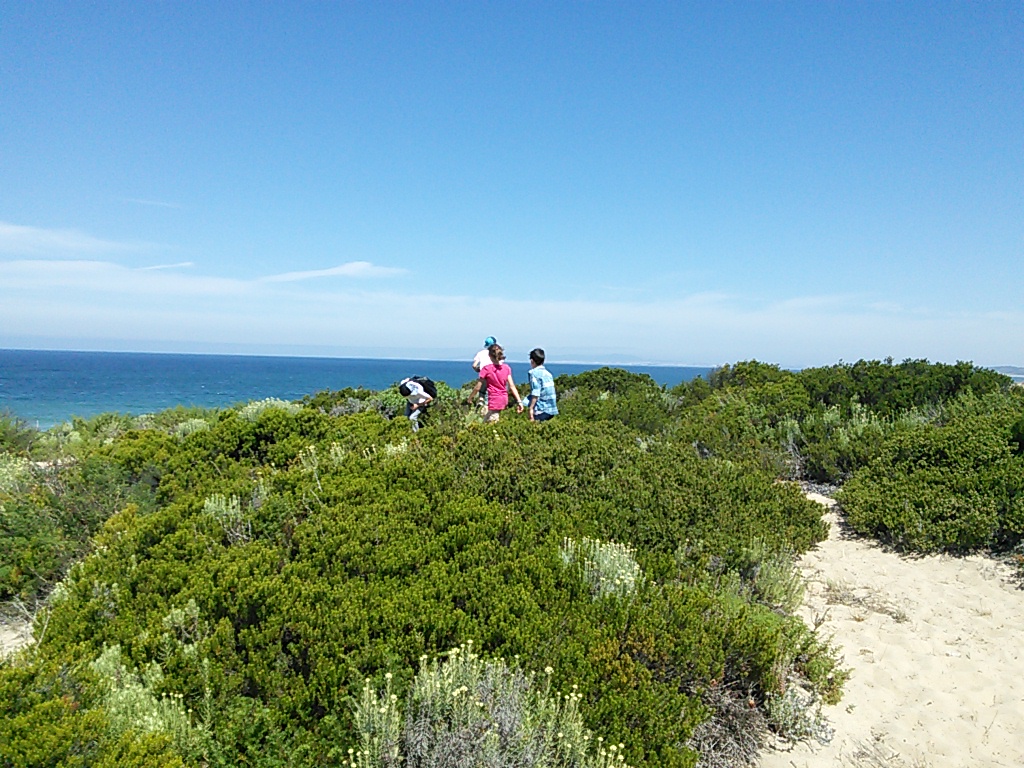Press Release
Exploration Generation Unveils New Rocketry-Themed Storyline Unit for Middle School Educators Nationwide
Free Instructional Materials Utilize the Excitement of Rocketry to Drive Student Engagement While Providing Equitable STEM Experiences in the Classroom
Sarah’s Stomach
When Good Bacteria Go Bad
By Kelli M. Kinlen, David M. Zuckerman

Now Available for Grade K-2 Picture Perfect STEM Lessons - Ready-to-TeachTM Picture-Perfect ClassPacks!
• We are excited to announce our new kitting partner: ECA Science Kit Services! Now offering Picture-Perfect ClassPacks in ECA’s signature Ready-to-TeachTM style of kitting.
• We are excited to announce our new kitting partner: ECA Science Kit Services! Now offering Picture-Perfect ClassPacks in ECA’s signature Ready-to-TeachTM style of kitting.
Now Available for Grade K-2 Picture Perfect STEM Lessons - Ready-to-TeachTM Picture-Perfect ClassPacks!
• We are excited to announce our new kitting partner: ECA Science Kit Services! Now offering Picture-Perfect ClassPacks in ECA’s signature Ready-to-TeachTM style of kitting.
• We are excited to announce our new kitting partner: ECA Science Kit Services! Now offering Picture-Perfect ClassPacks in ECA’s signature Ready-to-TeachTM style of kitting.
Now Available for Grade K-2 Picture Perfect STEM Lessons - Ready-to-TeachTM Picture-Perfect ClassPacks!
• We are excited to announce our new kitting partner: ECA Science Kit Services! Now offering Picture-Perfect ClassPacks in ECA’s signature Ready-to-TeachTM style of kitting.
• We are excited to announce our new kitting partner: ECA Science Kit Services! Now offering Picture-Perfect ClassPacks in ECA’s signature Ready-to-TeachTM style of kitting.
Now Available for Grade K-2 Picture Perfect STEM Lessons - Ready-to-TeachTM Picture-Perfect ClassPacks!
• We are excited to announce our new kitting partner: ECA Science Kit Services! Now offering Picture-Perfect ClassPacks in ECA’s signature Ready-to-TeachTM style of kitting.
• We are excited to announce our new kitting partner: ECA Science Kit Services! Now offering Picture-Perfect ClassPacks in ECA’s signature Ready-to-TeachTM style of kitting.
Now Available for Grade K-2 Picture Perfect STEM Lessons - Ready-to-TeachTM Picture-Perfect ClassPacks!
• We are excited to announce our new kitting partner: ECA Science Kit Services! Now offering Picture-Perfect ClassPacks in ECA’s signature Ready-to-TeachTM style of kitting.
• We are excited to announce our new kitting partner: ECA Science Kit Services! Now offering Picture-Perfect ClassPacks in ECA’s signature Ready-to-TeachTM style of kitting.
Now Available for Grade K-2 Picture Perfect STEM Lessons - Ready-to-TeachTM Picture-Perfect ClassPacks!
• We are excited to announce our new kitting partner: ECA Science Kit Services! Now offering Picture-Perfect ClassPacks in ECA’s signature Ready-to-TeachTM style of kitting.
• We are excited to announce our new kitting partner: ECA Science Kit Services! Now offering Picture-Perfect ClassPacks in ECA’s signature Ready-to-TeachTM style of kitting.
Now Available for Grade K-2 Picture Perfect STEM Lessons - Ready-to-TeachTM Picture-Perfect ClassPacks!
• We are excited to announce our new kitting partner: ECA Science Kit Services! Now offering Picture-Perfect ClassPacks in ECA’s signature Ready-to-TeachTM style of kitting.
• We are excited to announce our new kitting partner: ECA Science Kit Services! Now offering Picture-Perfect ClassPacks in ECA’s signature Ready-to-TeachTM style of kitting.
Now Available for Grade K-2 Picture Perfect STEM Lessons - Ready-to-TeachTM Picture-Perfect ClassPacks!
• We are excited to announce our new kitting partner: ECA Science Kit Services! Now offering Picture-Perfect ClassPacks in ECA’s signature Ready-to-TeachTM style of kitting.
• We are excited to announce our new kitting partner: ECA Science Kit Services! Now offering Picture-Perfect ClassPacks in ECA’s signature Ready-to-TeachTM style of kitting.
Safety Blog
Halloween Activities: Don’t Be Spooked by the Need to Include Lab Safety
By Ken Roy
Posted on 2022-10-13

Freebies and Opportunities for Science and STEM Teachers, October 18, 2022
By Debra Shapiro

The Engaged Scientist
Connect Students With Outdoor STEM Learning Opportunities Alongside Science Professionals
Feature
Learning About Coastal Zone Plants—Integrating Formal and Informal Teaching and Learning Practices
Connected Science Learning September–October 2022 (Volume 4, Issue 5)
By M. Alexandra Abreu Lima and Lia Vasconcelos




